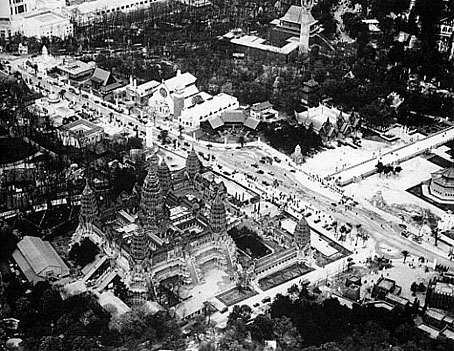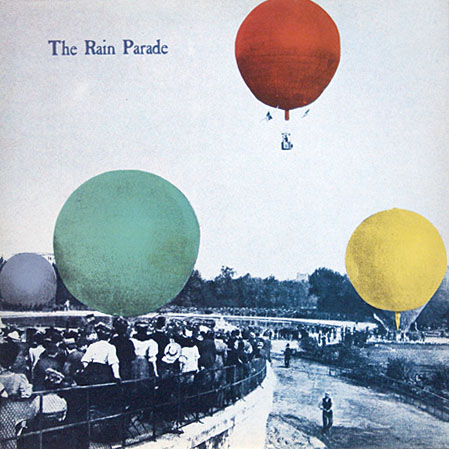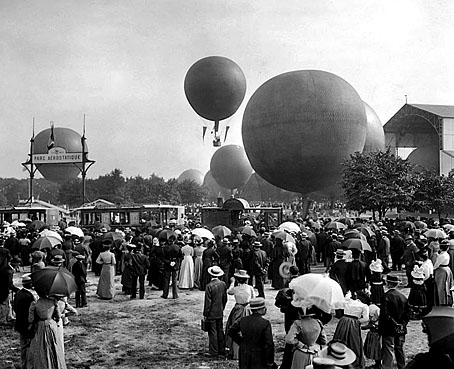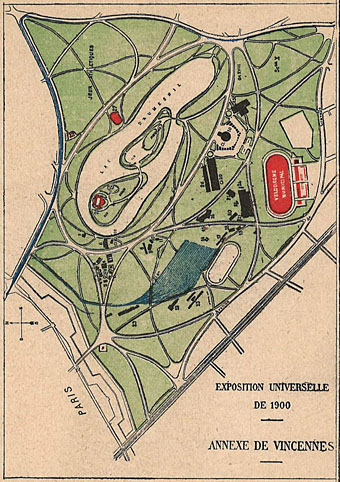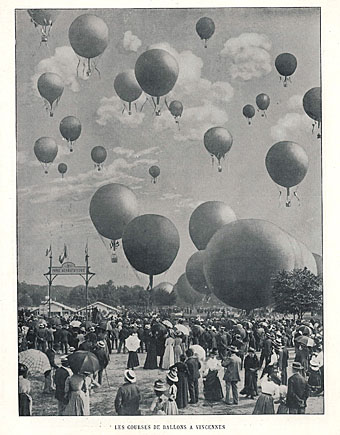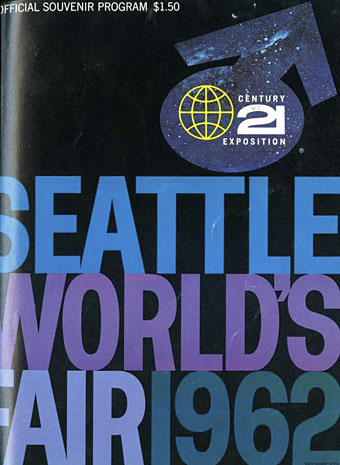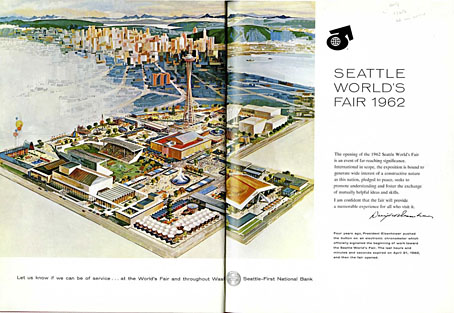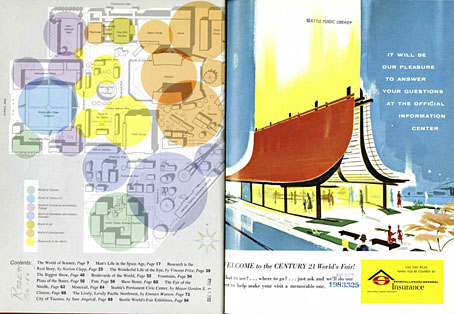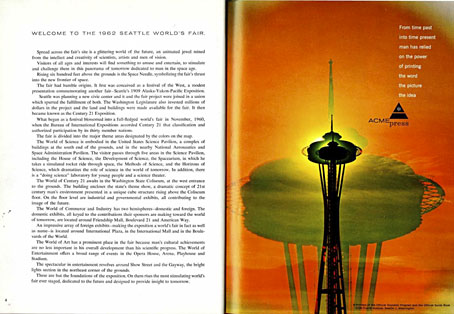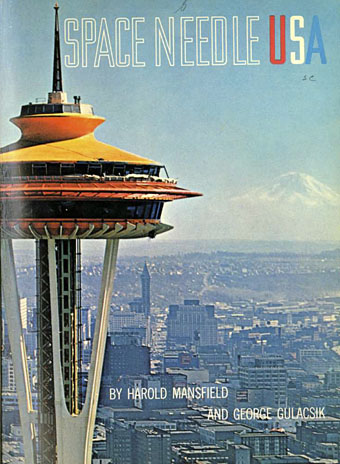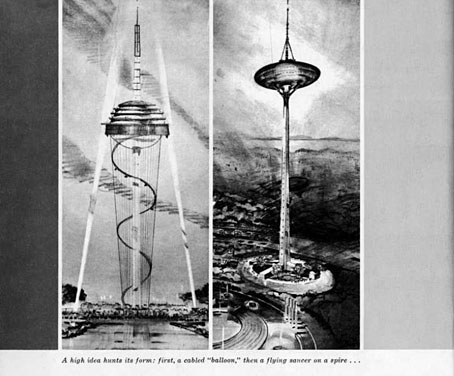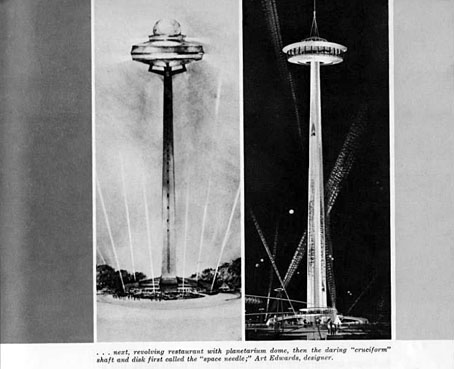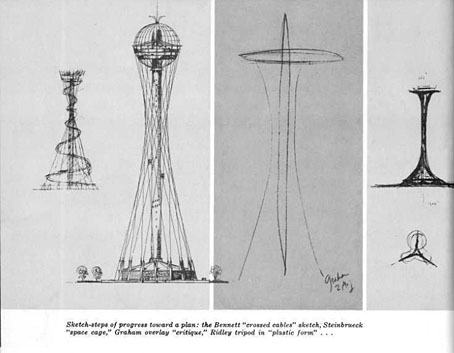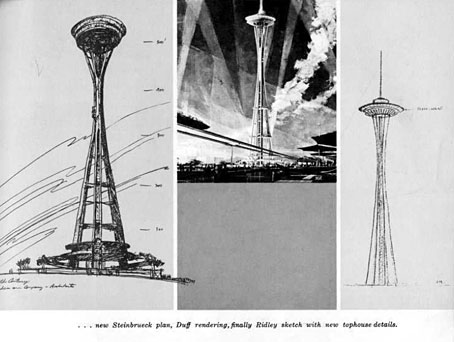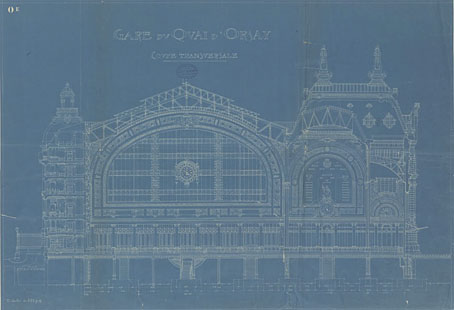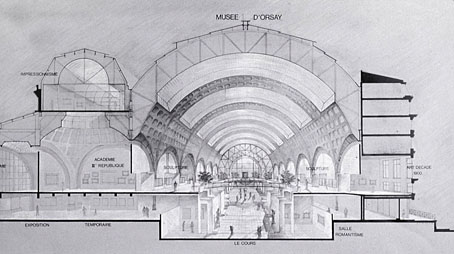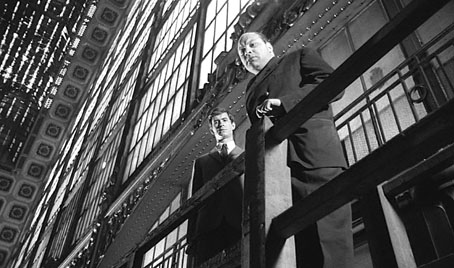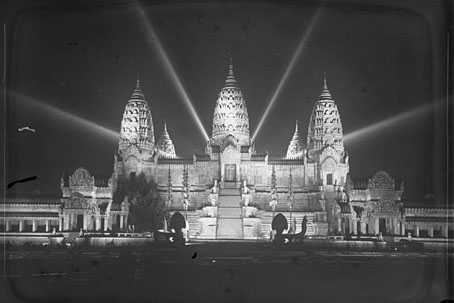
Searching for old photos of the Boi de Vincennes turned up some startling images from another exposition that I’d not come across before. The Paris Colonial Exposition filled a corner of the city’s largest park with a variety of exhibits and pavilions intended by the government of the day to show the colonial enterprise in a positive light. Among the replicas of buildings from overseas there was this spectacular reconstruction in plaster of the temple at Angkor Wat, built to represent the French presence in Indochina. No one would dream of creating such an exposition today, of course, and the idea was controversial at the time. To their credit, the authorities did allow the Communist Party to stage their own exhibit showing the damaging and exploitative nature of colonialism.
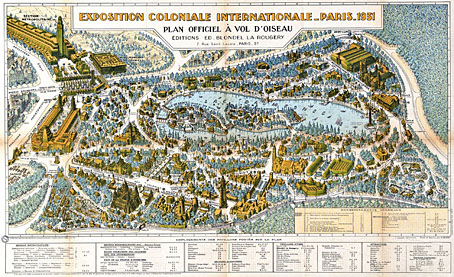
Politics aside, I’m fascinated by the idea of a full-scale Cambodian temple materialising in the heart of Paris. The Exposition Universelle of 1900 had its share of replicas: the Swiss exhibit was a miniature mountainside populated with a chalet, cows and milkmaids, while one bank of the Seine was taken over by Albert Robida’s reconstruction of medieval Paris. Neither of those seem as surprising as this resurrection of Angkor, especially in the spotlit night shots. I’ve been wondering what the Surrealists would have made of this and the juxtapositions presented by the other reconstructions. André Breton was a member of the Communist Party at the time (they expelled him in 1933) so I’d expect from his point of view at least the exposition would have been dismissed as bourgeois propaganda.
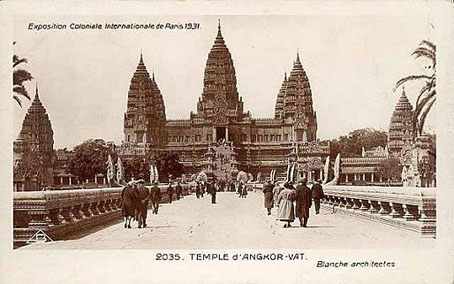
Among the many web pages with photos of the exposition this Flickr set of Dutch tourist pictures is particularly good. Traces of the pavilions still remain, including some of the Nagas from the avenue leading to the temple.
